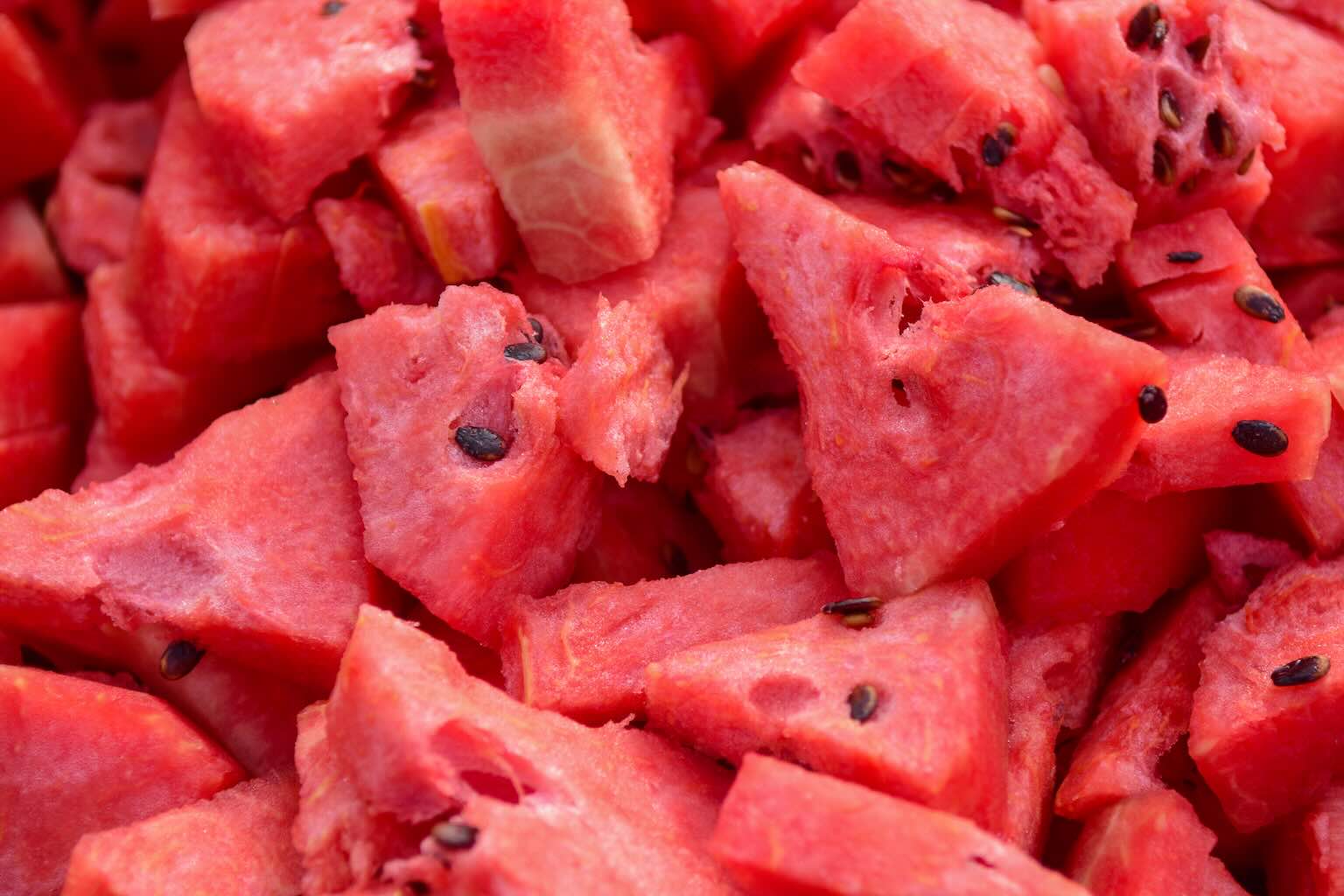Cutting into a giant watermelon is always exciting—until you realize just how much fruit you now need to store. Without proper storage, those juicy slices can quickly turn mushy or even unsafe to eat. Luckily, with a few simple tips, you can keep watermelon crisp, sweet, and refreshing for days.
In this guide, you’ll learn how to spot a perfectly ripe melon, the best ways to store both whole and cut watermelon, and the key warning signs that tell you when it’s time to toss it.
How To Pick a Ripe Watermelon
Choosing a ripe watermelon doesn’t have to be a guessing game. Here’s what to look for:
-
Color: A good melon has a deep, uniform green color with a creamy yellow “field spot” (the part that sat on the ground). If it’s white or pale, it was picked too soon.
-
Weight: It should feel heavy for its size—heaviness means juice.
-
Shape: Look for a symmetrical melon without dents, cracks, or soft patches.
-
Sound: Give it a knock—it should sound hollow, not dull.
The Best Way To Store a Whole Watermelon
If you plan to eat your melon within a few days, leave it on the counter away from direct sunlight. For longer storage, move it into the refrigerator—just know that chilling can make it lose a bit of sweetness and crunch over time.
How To Cut a Watermelon Like a Pro
Ready to slice it up? Here’s the easiest method:
-
Wash first – Rinse off any dirt and dry with a clean towel.
-
Trim the ends – Slice off both ends so it sits flat on the cutting board.
-
Remove the rind – If you want cubes, slice down the sides to remove the green skin. (Leave it on if you want wedges.)
-
Slice in half – Cut lengthwise, then portion into planks, sticks, or cubes.
This method keeps things neat and makes storage easier later.
How To Store Cut Watermelon
Once cut, watermelon should always be kept in the refrigerator. Place cubes or slices in an airtight container or a zip-top bag, squeezing out as much air as possible. Stored this way, it will last up to five days, though it’s best eaten within the first couple of days for maximum crunch and flavor.
Can You Freeze Watermelon?
Yes—but only for certain uses. Frozen watermelon works best in smoothies, slushies, or sorbets since thawing changes its texture. To freeze, spread pieces on a lined baking sheet so they don’t clump together, then transfer to a freezer-safe bag or container. You can store frozen melon for up to three months.
Signs Your Watermelon Has Gone Bad
Before digging in, always check for freshness. Toss your watermelon if you notice:
-
A slimy or overly mushy texture
-
A sour or musty smell instead of a sweet aroma
-
Darkened or uneven color
-
Any signs of mold
The Bottom Line
A perfectly ripe watermelon is summer’s ultimate snack—but storing it the right way keeps it safe, juicy, and delicious longer. Keep it cold, sealed, and eat it within five days for the best taste. If you want to stretch it even further, freezing is an option—but smoothies, not salads, will be its future.
